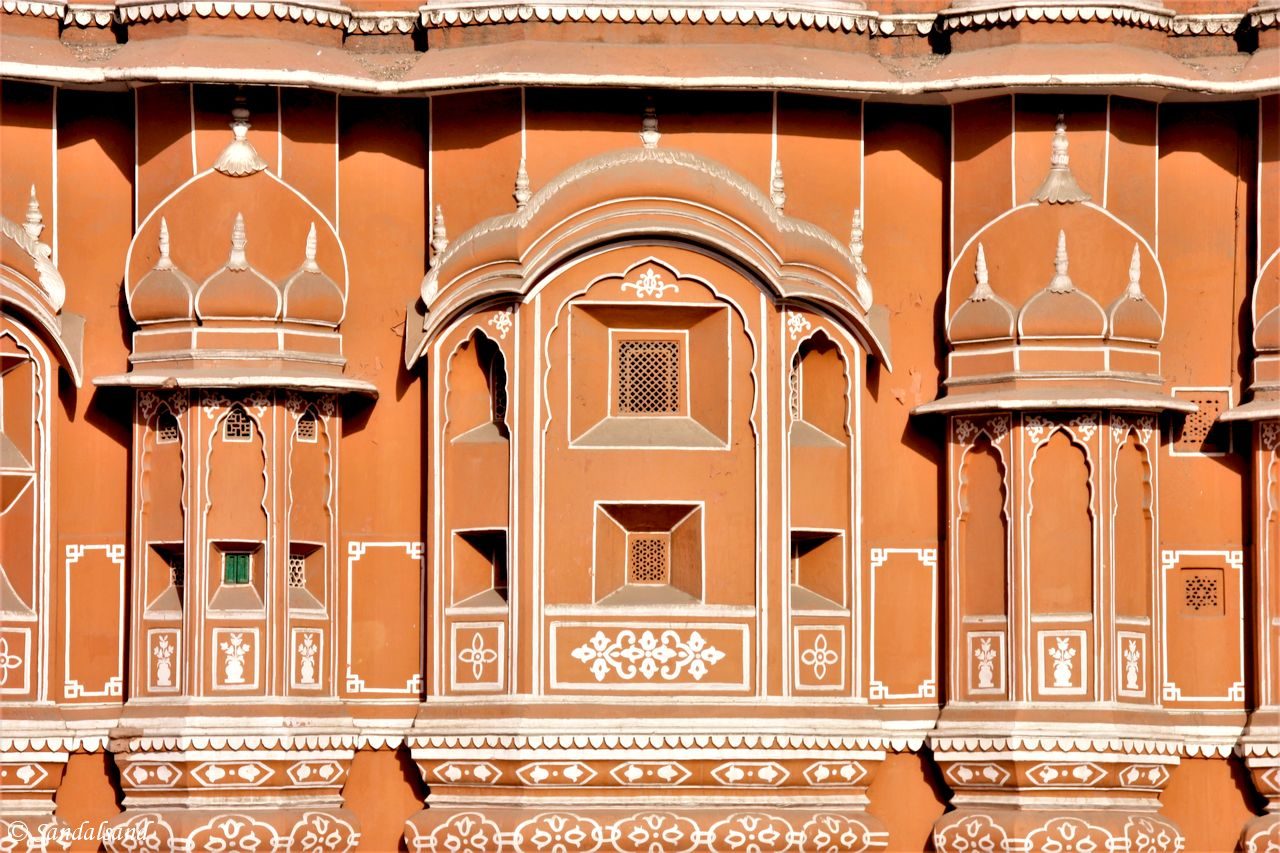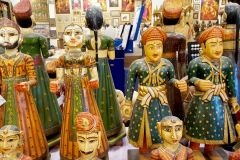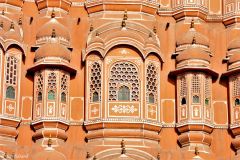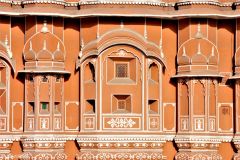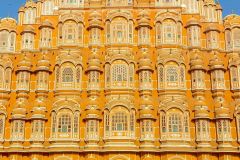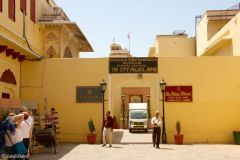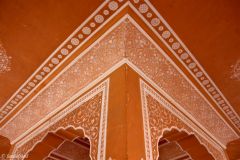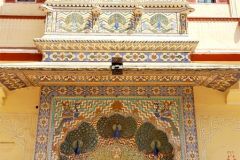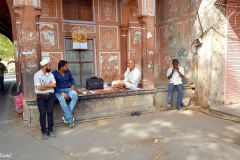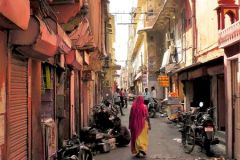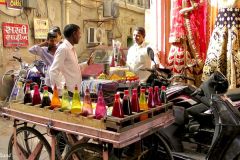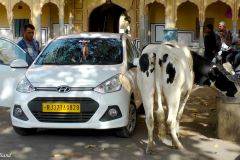Jaipur City is unlike other medieval cities of the region. It was deliberately planned as a new city on the plains. Jaipur was meant to be open for trade as opposed to the hilly terrain and military cities of past. Still, its planning ensured a response to the surrounding hill tops in all directions.
The UNESCO World Heritage List includes more than a thousand properties with outstanding universal value. They are all part of the world’s cultural and natural heritage.
Official facts
- Country: India
- Date of Inscription: 2019
- Category: Cultural
UNESCO’s World Heritage Centre’s (short) description of site no. 1605:
The fortified city of Jaipur, in India’s north-western state of Rajasthan was founded in 1727 by Sawai Jai Singh II. Unlike other cities in the region located in hilly terrain, Jaipur was established on the plain and built according to a grid plan interpreted in the light of Vedic architecture. The streets feature continuous colonnaded businesses that intersect in the centre, creating large public squares called chaupars.
Markets, stalls, residences and temples built along the main streets have uniform facades. The city’s urban planning shows an exchange of ideas from ancient Hindu and modern Mughal as well as Western cultures. The grid plan is a model that prevails in the West, while the organization of the different districts refers to traditional Hindu concepts. Designed to be a commercial capital, the city has maintained its local commercial, artisanal and cooperative traditions to this day.
My visit
There are also more World Heritage Sites in and around Jaipur. The astronomical instruments at the Jantar Mantar is one, and the Hill Forts of Rajasthan outside the city is another. (The links are to Sandalsand’s articles from these two sites.)
The boundaries of the property coincide with the historic walled city of Jaipur, founded in 1727 AD. The palace of the rulers make up the central portion of the property, in addition to a number of streets and bazaars still very busy with commercial activities and handicrafts. I was lucky to get glimpses of several aspects of this very interesting “Pink” city.
The featured image on this article is from the Wind Palace. For more photographs from my visit in 2017, click the link below.

